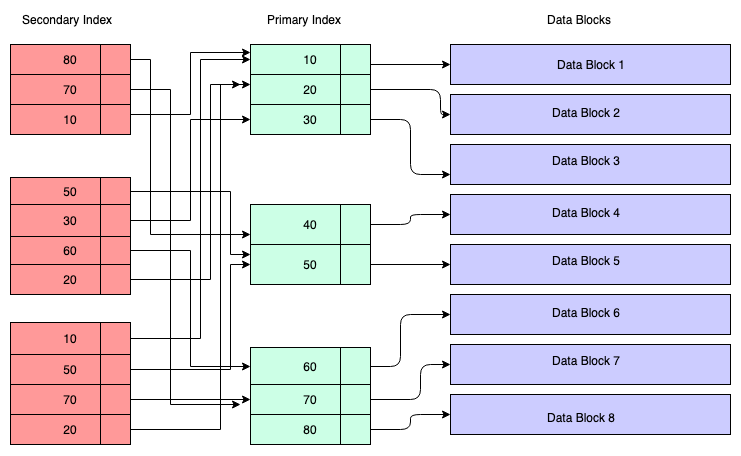ACID-свойства транзакций в SQL

Для чего существуют принципы ACID? Можно ответить по бумажке, сказать, что это нужно для того, чтобы каждая транзакция обрабатывалась надежно, данные оставались в безопасности и системы работали предсказуемо.
Все это в свою очередь должно гарантировать целостность данных. Но что это вообще такое и на что влияет? А ответ очень простой. Обеспечивая целостность данных, мы предупреждаем ситуации, когда, к примеру, деньги со счета списались, но получателю так и не пришли. Или заказ оформился, а складские остатки не обновились.
В этой статье вы узнаете, почему так важны принципы ACID и что это за принципы. Оставайтесь со мной, если интересно!















